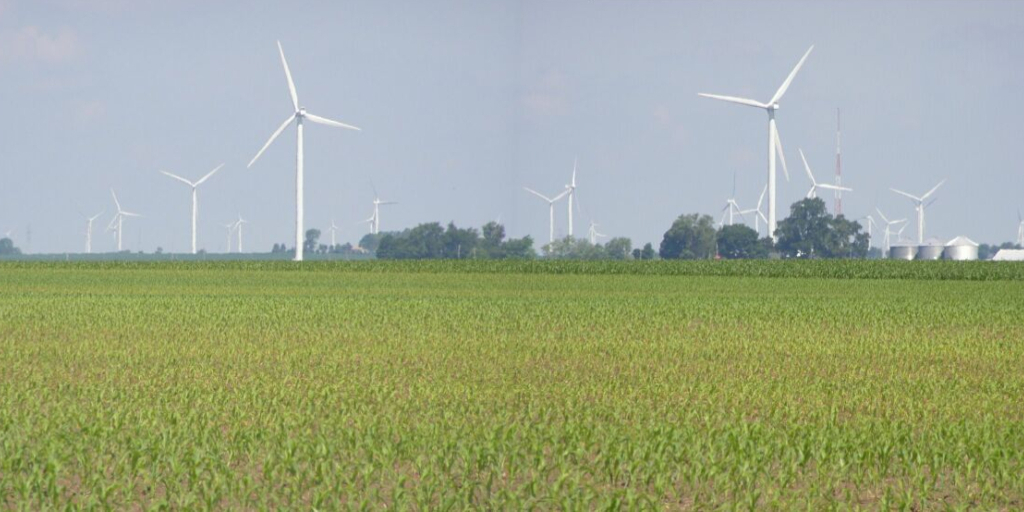The County began by tasking its area plan director with information gathering on wind ordinances and establishing a committee to review the project. The committee consisted of the three County Commissioners and the County attorney, area plan director, County highway superintendent, and County surveyor. The group looked at the process used by Benton County and learned about the benefits of a road agreement leading the committee to include one. The County attorney also brought in an outside attorney who had more experience with wind energy development and a financial advisor to understand the monetary implications of the County’s venture. The committee then developed a wind ordinance to incorporate into their zoning codes.
After consultation between the committee and the consultants, the committee determined that the County and EDP would enter into three agreements: an economic development agreement, a road agreement, and a decommissioning agreement. The County and EDP negotiated and signed these agreements, with assistance from the consultants brought on by the County.
The economic development agreement requires that EDP pay fees to the County to compensate for the value of new development that will be precluded in the area of the wind farm. The County and EDP decided to set the payment amount based on the MW of production generated instead of the number of turbines built in an effort to encourage efficiency over volume. The agreement also detailed when the first payments would be made and an end date to make sure the project was not started and then discontinued as EDP would still have to make payments until that time.
The road use agreement provides for the protection of the roadways in the county, to make sure they were still usable during and after construction, similar to the agreement used by Benton County. EDP was responsible for the construction and cost of reinforcing the roads. The company was also required to document current road conditions and perform assessments of the roads throughout the construction process. To ensure EDP would adhere to the agreement, bonds were created in case there were any issues with the roads. The agreement also established fines that could be required in the case of noncompliance.
The decommissioning agreement provides a level of security for the County if something should happen to the company or the project prior to completion. It states that the company would be required to return the area back to its original state (before the project began) using EDP finances. This money was made available by the company and was backed up by bonds the company is required to obtain.
Once the agreements were signed, EDP fortified the roads through concrete stabilization and began constructing the wind farms. After consultation with the owners of the land where the turbines would be built, the County and EDP decided to use a linear system instead of a “shotgun approach” – which would have placed the turbines in the best areas regardless of the property ownership layout instead of in a uniform line. The linear system was a costlier approach for the company, but it was less invasive for the landowners who early in the process talked about wanting the turbines to have as little impact on their land as possible.
Funding
EDP Renewables was the sole funder. Some fees were initially paid by the County, but they were reimbursed by EDP under the economic development agreement.
Timeline
The Meadow Lake Wind Farm was installed in multiple phases in White County. As of summer 2019, six phases have been completed, with the seventh phase in negotiation. Each phase takes around a year and a half from negotiations to completion. The first phase started in 2010.



